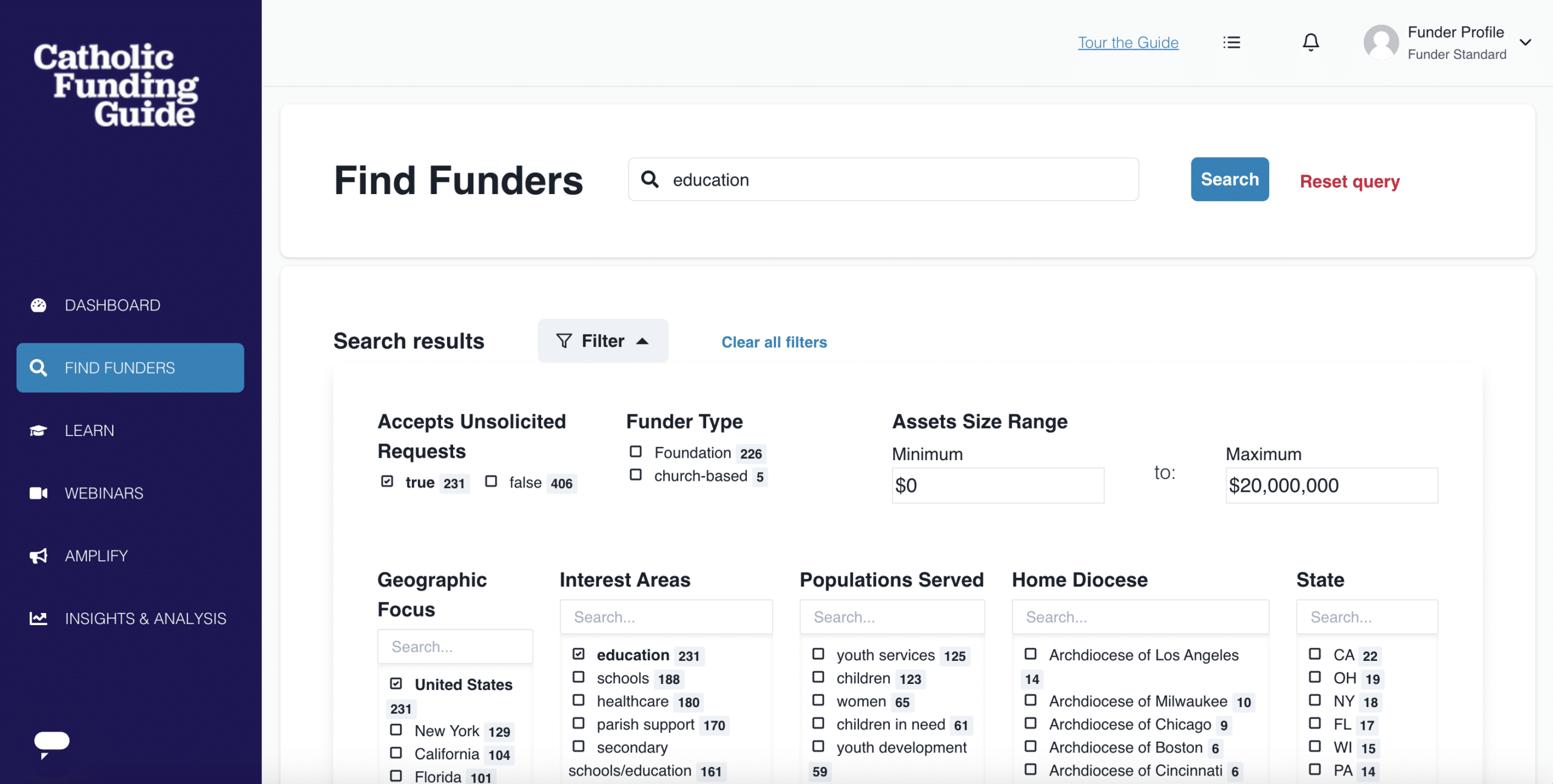“A goal without a plan is just a wish” – Antoine de Saint-Exupéry
In nonprofit organizations with tight budgets, fundraising is often viewed as an easy way to make up projected budget shortfalls or fund much-needed projects. And while this can be true, it is critical that any fundraising goals be supported with concrete plans.
Set Your Fundraising Goals
First and foremost, refer to your organization’s goals or strategic plans to ensure that your new fundraising plan serves the overall needs of your organization. Consider which initiatives will be prioritized and which are in need of funding, both in the coming year and beyond. As you develop your short- and long-term fundraising plans, make sure you also prioritize those initiatives and needs.
Consult your organization’s overall budget to establish a baseline for how much to raise. Is there a projected shortfall? If so, what programs are most in need of funding? Based on your previous fundraising results and organizational needs, thoughtfully determine what amount is realistic to raise in the coming year. It may be helpful to include several “tiers” of what you can accomplish as an organization based on your fundraising success in the coming year.
Set additional goals for yourself or your team beyond the amount raised. These can be helpful in building a strong development program that keeps donors engaged for years to come. Your goals may include:
- Achieving a specific retention rate
- Increasing board / volunteer giving rates
- Testing new acquisition strategies
- Increasing response rates
- Launching a planned giving society
- Increasing recurring gifts
Determine Your Fundraising Strategies
Once you know how fundraised dollars fit into your organization’s strategic plan and budget, you can begin to conceptualize how you will obtain that funding. Accounting for past successes and the possibilities going forward, consider how much you can raise through funding streams such as:
- Grants
- Fundraising events (in-person or virtual)
- Major donors
- Annual appeals
- Special campaigns
Using the following questions as a starting point, determine tactics to help you work towards your other goals:
- How will you work towards your goals for donor retention, response rates, and diversifying your revenue streams?
- How will we measure progress?
- What were your challenges and successes last year?
- What is reasonable and achievable in the year to come?
Establish Timeline and Concrete Actions for Your Fundraising Plan
Often it is easy to brainstorm many ways your organization can grow; however, careful planning is essential to ensure your organization has the capacity to carry out these ideas. Be sure to designate clear timeframes for specific activities.
You can use the Catholic Funding Guide to help plan your grant calendar, including any grant submission deadlines. You may wish to mark two deadlines in your calendar for each grant—a personal goal scheduled several weeks ahead as well as the actual deadline.

Include any important meetings, annual campaigns, and donor appreciation events in this calendar, taking care to not schedule anything too close to other important dates. For example, if you are responsible for both events and grant writing, make sure that your major fundraising event is not the weekend after a major grant deadline, unless you are certain you can get the grant proposal in several weeks early!
You should also use this calendar to consider the cadence of asks and ensure you are spacing them appropriately to avoid donor fatigue.
Create a Successful Budget for Your Fundraising Plan
Finally, just as you have been realistic about the time commitments of your planned fundraising activities, do not hesitate to include realistic estimates of the financial resources you will need to accomplish your goals. Consider the following questions:
- What kind of a budget will you need to host your fundraising event?
- Do you need a modest budget for donor recognition events or for donor meetings?
- What donor research tools will you need?
- How much will your planned mailings cost?
While Catholic nonprofit organizations operate on a tight budget and rightly desire to be good stewards of the funds entrusted to them, know that making strategic investments such as these can help your fundraising program to grow and flourish.
The Catholic Funding Guide is a cost-effective tool providing you with extensive information on thousands of potential donors so you can make connections and find funders.



